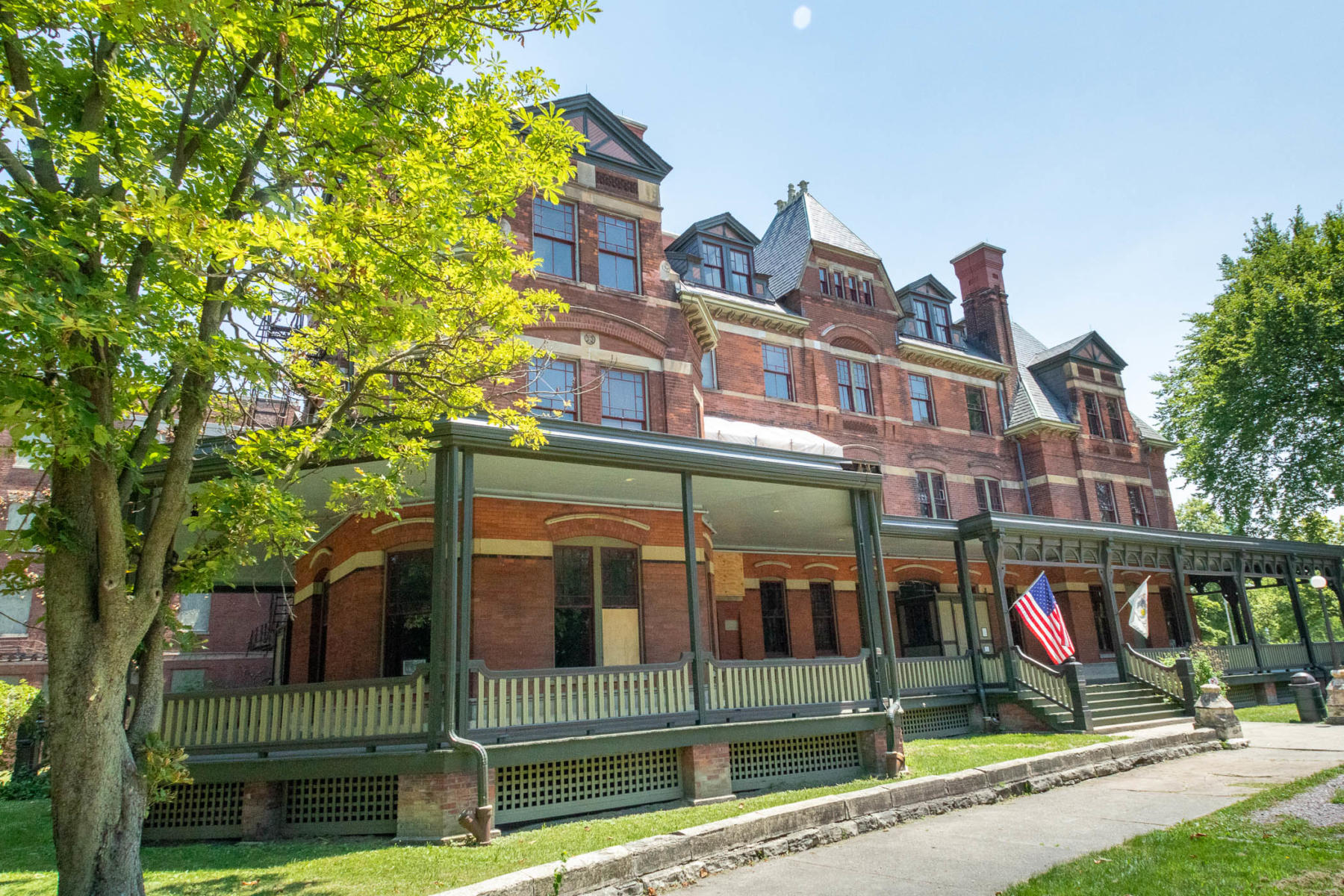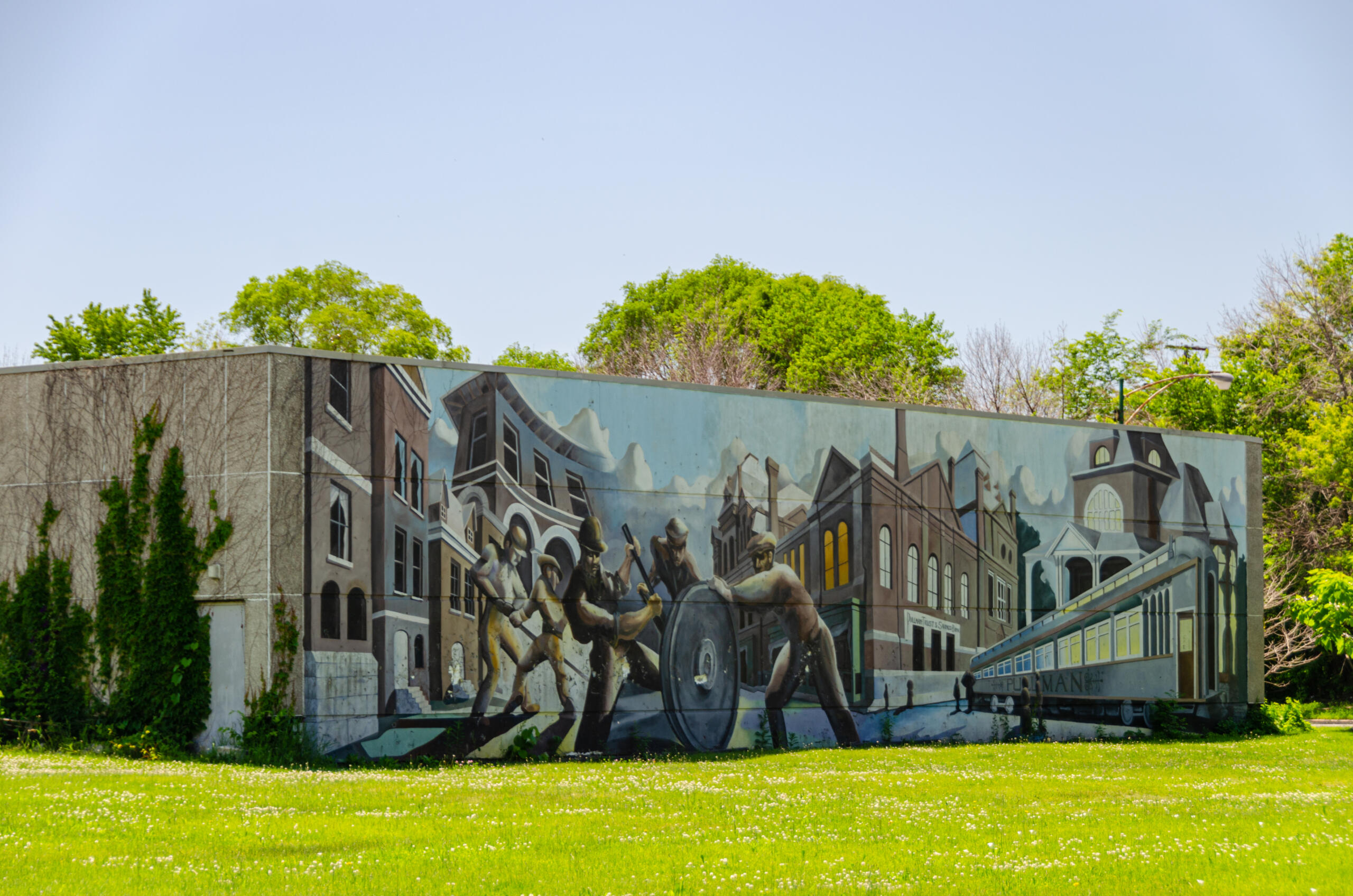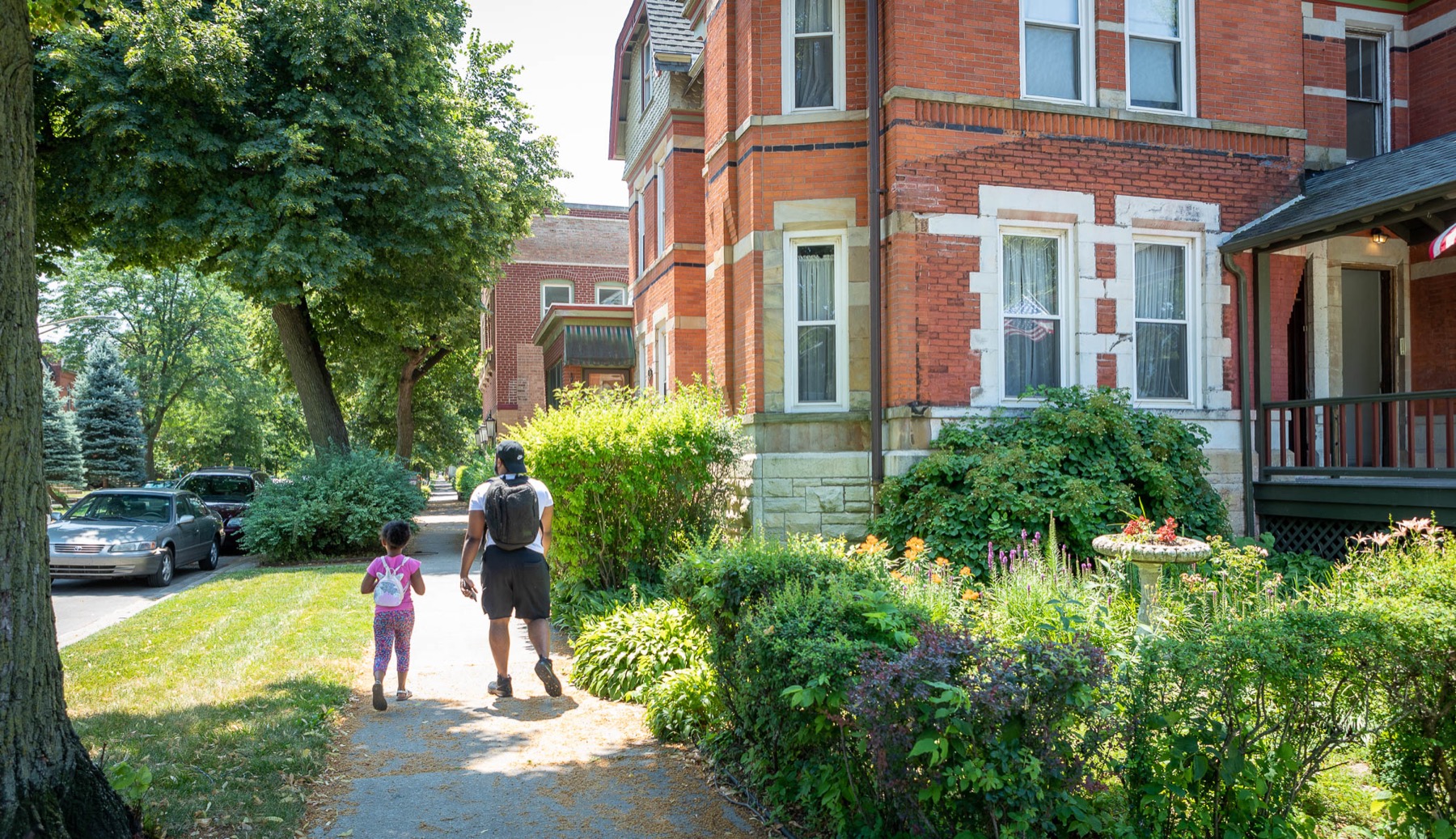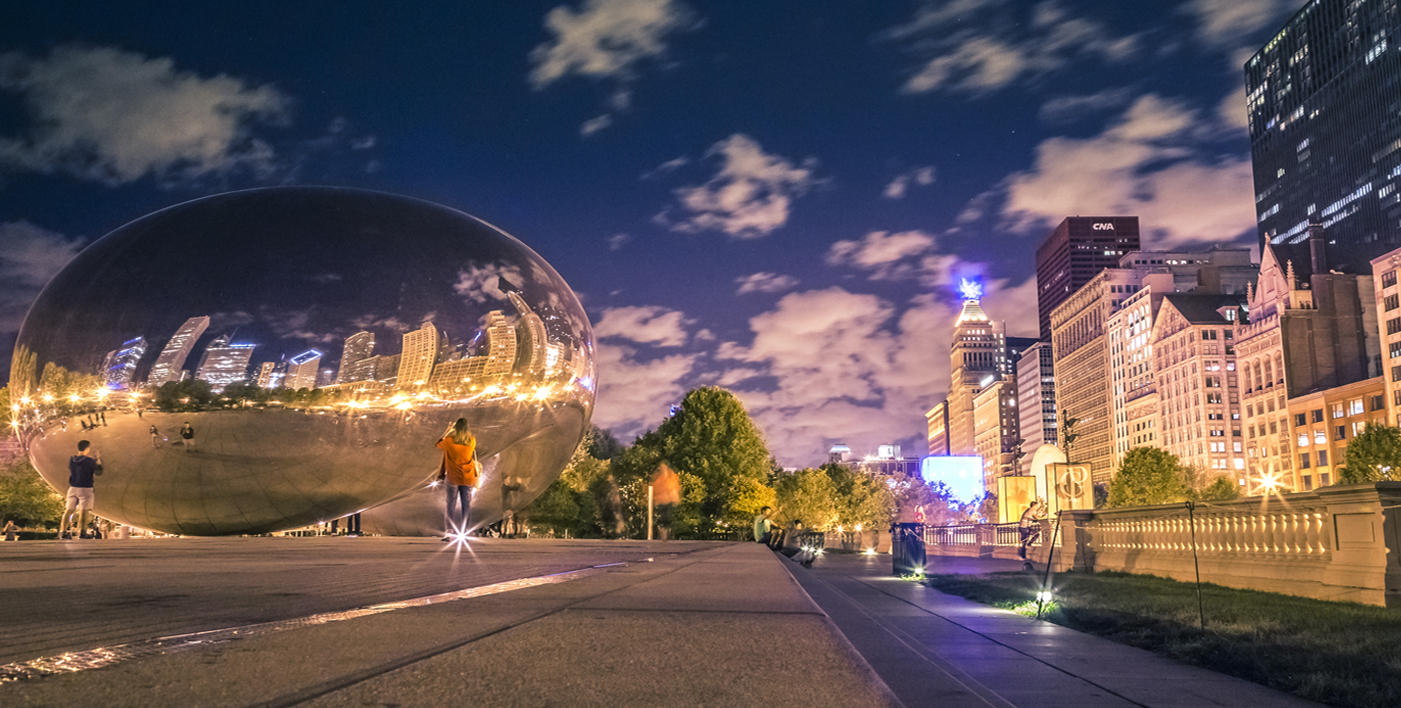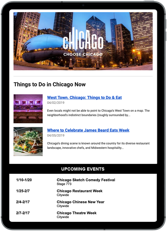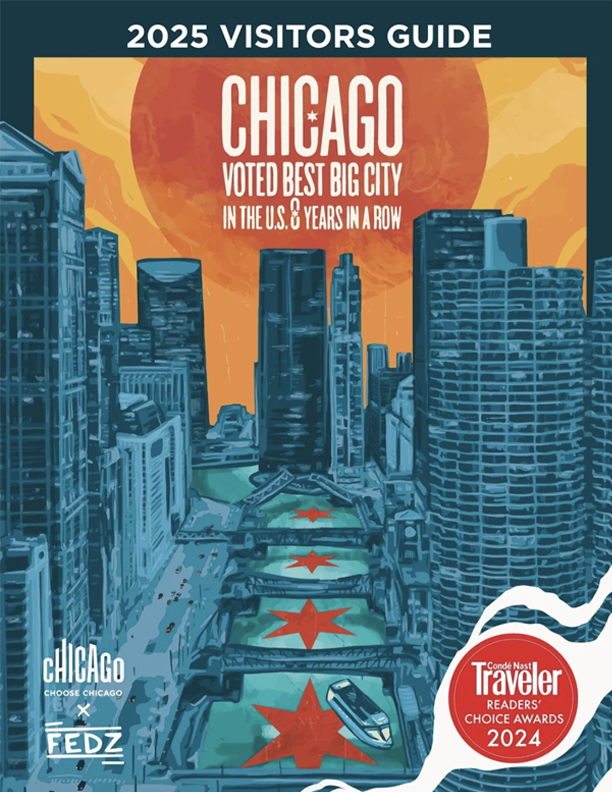Welcome to our new series of self-guided Chicago Greeter tours, presented by Bank of America. Each walking tour is created by a knowledgeable local to showcase their favorite hidden gems and unique attractions in Chicago’s diverse neighborhoods.
This tour is based on one created by Stetson Siler, who has been a Chicago Greeter for 13 years. Their tour ofPullman covers the neighborhood’s fascinating past as a planned industrial town and its present as a National Monument.
The historic Pullman neighborhood is located about 15 miles from downtown Chicago. It was declared a National Monument by President Barack Obama in 2015 for its historic significance, making it the first and only National Monument and unit of the National Park System in the city of Chicago.
Insider tip: One of the easiest ways to get to Pullman is by taking the Metra Electric line to Kensington/115th Station. From there, just walk east to the Pullman Historic District.

Start your trip with a stop at the new Visitor Center within the Pullman National Historical Park. The center is housed in a restored clock tower that’s almost 120 years old. The striking building was damaged in a fire in 1998 and closed to the public for many years before the Visitor Center opened in 2021.
Inside, you can learn more about the history of this one-of-a-kind community. Built in 1880, Pullman was the country’s first planned model industrial community. George Pullman, president of Pullman’s Palace Car Company, dreamt up the idea of a planned community to house the employees who built his luxury rail cars.
Pullman believed that a happy employee was an effective employee. He hoped a perfect community would attract and retain the most skilled workers and lead to greater productivity. Each home had personal green space, gas, and running water — luxuries for the average worker at the time. The community was lauded for its ample green space and beautiful architecture.
While Pullman’s vision was brought to life by 1884, his planned utopia wasn’t enough to quell unrest among his employees. In 1893, a significant economic recession hit and Pullman cut wages — without lowering rent. This led to the Pullman workers’ strike, which escalated into a national railroad boycott and became a crucial event in the early labor rights movement.

You can see all this history come to life inside the Visitor Center, where you’ll find artifacts from Pullman workers, a 3D model of the town’s original layout, and even a full-sized model of the luxurious Pullman sleeper car.
When you’re done, leave the Visitors Center and walk north to the Florence Hotel. Named for Pullman’s oldest daughter, the grand hotel was once filled with luxurious suites, a barber shop, a billiard room, and the community’s only bar. Step onto the large Victorian porch and take a peek inside.
Insider tip: You can catch a guided tour of the Pullman community on the first Sunday of the month from May through October. Tours begin at the Visitor Center, where you can also pick up a brochure for a self-guided walk.
Head a bit north to the residential area on 111th Street, where you’ll find an interesting mix of executive mansions and worker’s cottages. The most prestigious residences, housing the senior executives, were along 111th Street because this location offered the shortest walk to work. As you walk further south, you’ll find progressively more humble residences that housed different levels of employees.
If the home exteriors pique your interest, make sure to return for the Annual Historic Pullman House Tour, when residents open the doors of their landmark homes each October.

If you want to dive further into the history of Pullman, you can’t miss the National A. Philip Randolph Pullman Porter Museum. The small museum honors the contributions made by African Americans to America’s labor rights movement, specifically Black railroad employees and Pullman porters.
Another nearby point of interest is the Greenstone Church at 112th Street and Saint Lawrence Avenue, a striking Romanesque building with a 92-foot steeple built in 1882.

